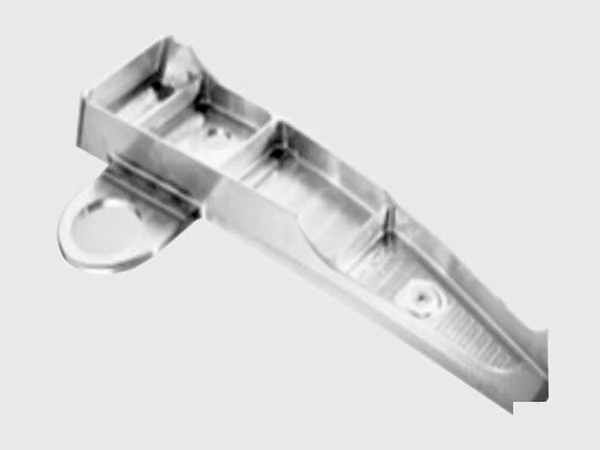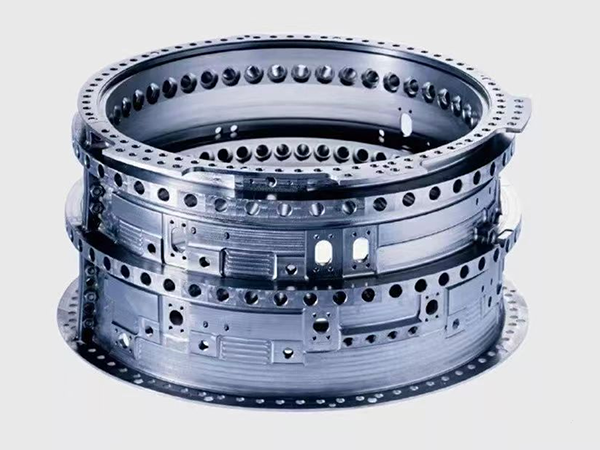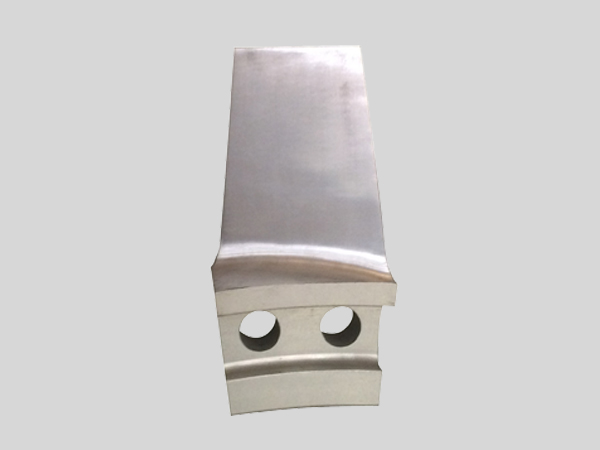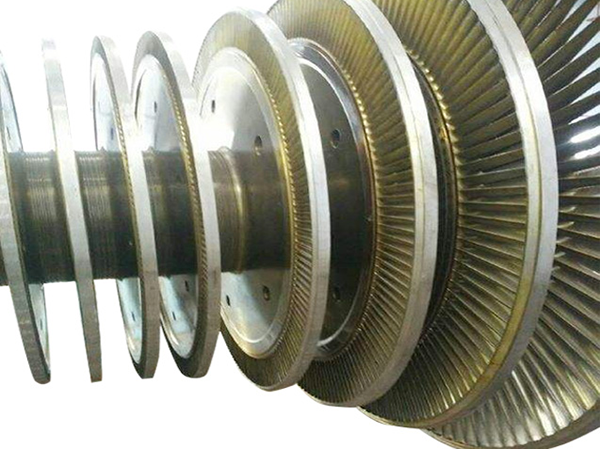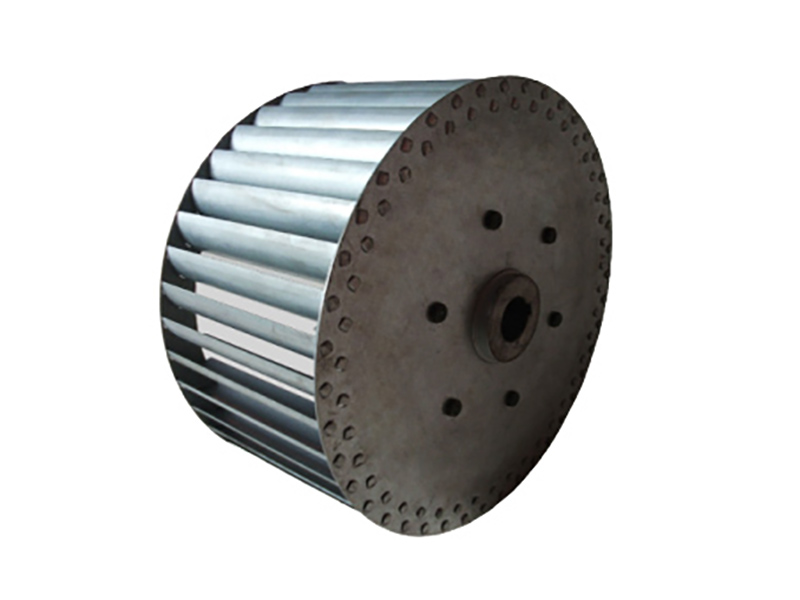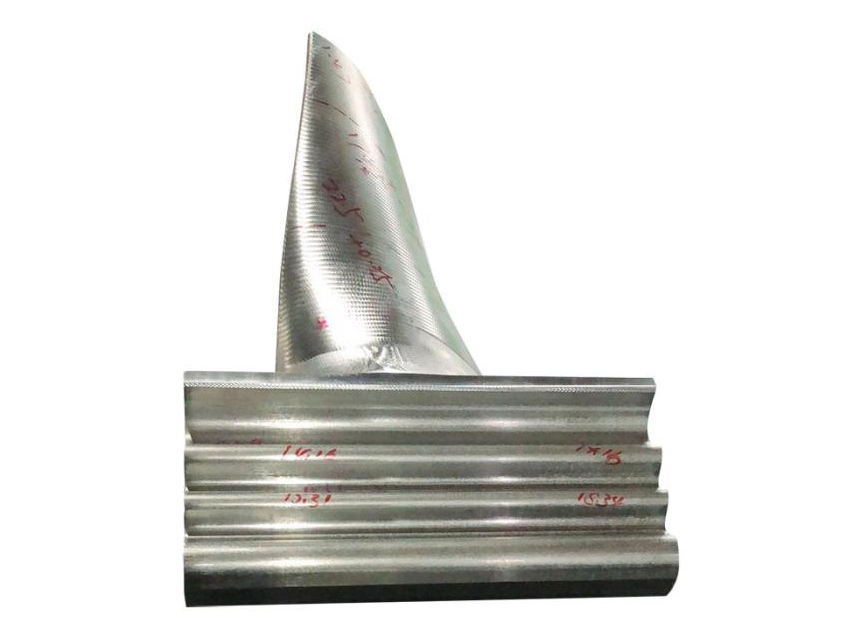Factory wholesale Plasma Membrane Parts - General metal workpiece processing – Aierfu
Factory wholesale Plasma Membrane Parts - General metal workpiece processing – Aierfu Detail:
product presentation
Mechanical cold working usually refers to the cutting method of removing materials by workers operating the machine tool, that is, cutting tools are used to remove excess metal layers from metal materials or workpieces, so that workpieces can obtain a processing method with certain shape, dimensional accuracy and surface roughness. Such as turning, drilling, milling, planing, grinding, broaching, etc.
Mechanical cold working usually refers to the cutting method of removing materials by workers operating the machine tool, that is, cutting tools are used to remove excess metal layers from metal materials or workpieces, so that workpieces can obtain a processing method with certain shape, dimensional accuracy and surface roughness. Such as turning, drilling, milling, planing, grinding, broaching, etc.
Cold machining is characterized by the high-speed relative movement between the clamping tool used and the workpiece or tool to be cut, which is the product forming. Cold working can be divided into cutting and pressure machining according to the difference of processing methods. In metal technology, it is corresponding to hot working. Cold working refers to the processing technology that can make metal plastic deformation at a temperature lower than the recrystallization temperature, such as cold rolling, cold drawing, cold forging, stamping, cold extrusion, etc. Cold working has great resistance to deformation, which can improve the hardness and strength of the workpiece by means of work hardening while forming the metal.
The company has three imported turning milling compound five axis machining centers, four imported five axis linkage machining centers, four full-automatic CNC lathes, several other gantry boring machines, drilling machines, planers and other processing equipment, as well as three Hikscon CMMs, GOM scanners and a number of auxiliary testing equipment, with a strong ability to process turbine blade molds, automobile supports and general mechanical workpieces.
Product detail pictures:
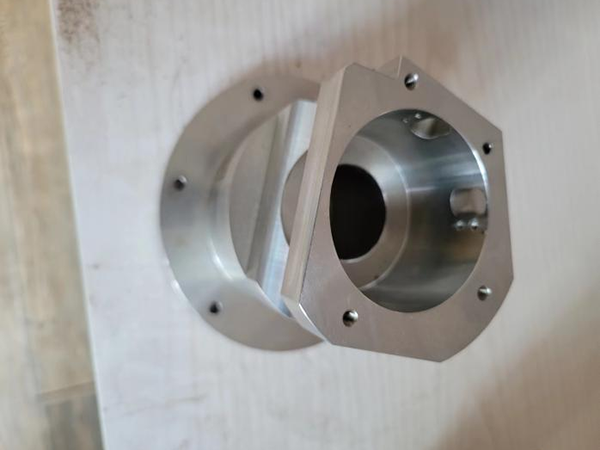


Related Product Guide:
Our pursuit and company goal is to Always satisfy our customer requirements. We continue to develop and design superior quality products for both our old and new customers and achieve a win-win prospect for our clients as well as us for Factory wholesale Plasma Membrane Parts - General metal workpiece processing – Aierfu , The product will supply to all over the world, such as: Southampton, Milan, Germany, Our company offers the full range from pre-sales to after-sales service, from product development to audit the use of maintenance, based on strong technical strength, superior product performance, reasonable prices and perfect service, we will continue to develop, to provide the high-quality products and services, and promote lasting cooperation with our customers, common development and create a better future.
The product manager is a very hot and professional person, we have a pleasant conversation, and finally we reached a consensus agreement.




